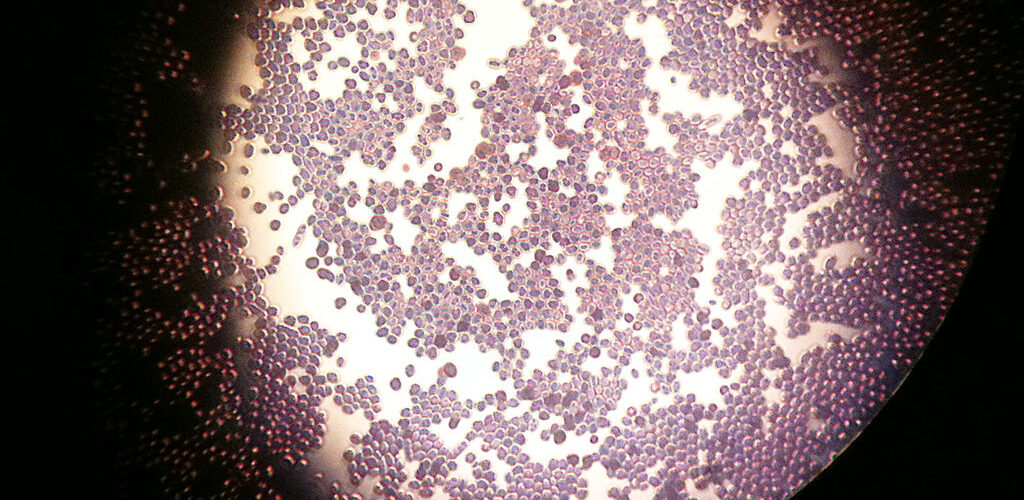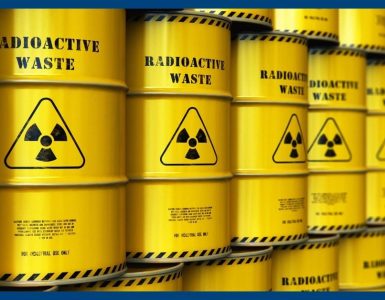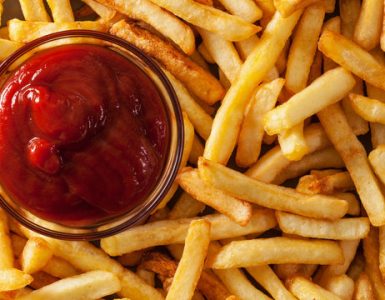by Rhodilee Jean Dolor
Last month, special vests designed to protect astronauts from high doses of space radiation returned to Earth after months of testing by crew members aboard the International Space Station (ISS).
The vest called AstroRad was developed by aerospace company Lockheed Martin and StemRad, a start-up that manufactures and sells personal protective equipment (PPE) for high energy radiation. The wearable garment is designed to protect the organs of the body that are most sensitive to the effects of space radiation.
The Dangers of Space Radiation
According to the National Aeronautics and Space Administration (NASA), astronauts are exposed to ionizing radiation with effective doses ranging from 50 to 2,000 milli-sievert (mSv).
The sievert is a unit used for measuring the amount of radiation absorbed by a person. For perspective, exposure to 1 mSv of ionizing radiation is equivalent to having three chest X-rays, which means when they are in space, astronauts are subjected to radiation equivalent to 150 to 6,000 x-rays.
Studies have found that exposure to space radiation can damage the heart, harden and narrow the arteries and damage some of the cells in the linings of the blood vessels, which can lead to cardiovascular disease. It can also hinder neurogenesis, the process of generating new cells in the brain, which could lead to memory deficits and cognitive impairment.
“The primary means by which radiation effects cells is by damaging DNA – breaks in strands could be experienced,” said Peter Guida, Ph.D., liaison biologist for NASA Space Radiation Laboratory.
“DNA bases (adenine, guanine, cytosine, and thymine) can also be knocked out. The cell will make an attempt to repair these damages. Sometimes it’s effective and sometimes it’s not, and sometimes it can be misrepaired. Genes that have been
misrepaired can become mutations, and the accumulation of these mutations over time can potentially lead to cancer.”
AstroRad Vest
Amid plans for future human explorations to the moon and Mars, researchers have been working on projects that aim to minimize the dangers of radiation exposure.
Lockheed Martin and StemRad’s AstroRad could be a valuable implement in future space missions where astronauts will be exposed to high doses of cosmic rays and particles that are either trapped in the Earth’s magnetic field or ejected by the sun during solar flares
The AstroRad could provide a layer of protection to astronauts and reduce their odds of developing health problems due to radiation exposure. The garment works by selectively shielding stem cells in organs that are most susceptible to harm from radiation. The vest reduces stem cell mutation and enables damaged tissues to regenerate, which can mitigate the more serious risks such as cancer development.
“The AstroRad uses a proprietary smart shielding design to selectively protect those organs and tissues which are most sensitive to radiation in terms of Radiation Exposure Induced Death (REID) probability,” StemRad explained.
“This approach provides the greatest biological impact of protection with the least amount of mass. Tissue weighting factors are assigned to organs and tissues in the body to reflect the variance in radiation sensitivity, with organs such as the lungs, bone marrow, colon, stomach, breasts and ovaries being among the most sensitive.”
Female astronauts on the ISS were chosen to test the AstroRad because they have increased sensitivity to space radiation largely because of higher radiation-induced cancer risk to the ovaries and breast tissue. They wore the vest while performing nominal tasks in microgravity, including maintenance, exercise, cargo loading, meals and sleep to assess comfort and wearability. Developers will use the feedback to improve the design.
During the Artemis-1 mission, two of the mannequins that rode along in Orion wore AstroRad to test how effective it is if future crew members encounter a solar storm. The mannequins are made of materials that mimic the soft tissue, organs and bones of a woman and are fitted with sensors and radiation detectors to measure the amount of radiation exposure during the mission.
Yeast Study
Scientists from the University of British Columbia (UBC) also conduct studies to mitigate the risks of space radiation. Corey Nislow, UBC’s professor of genomics, pharmaceutical science and biochemistry, and colleagues sent yeast and algae to the moon during the Artemis-1 mission as part of their investigation.
In earlier experiments with simulated cosmic radiation, the researchers found 10 genes in yeast with human counterparts that enabled the organism to survive radiation. Nislow said the findings may eventually help astronauts combat radiation while in space.
The yeast samples that were taken to the moon can also provide vital information that may lead to the development of a drug that can protect space travelers from harmful radiation without altering their DNA.
“Ultimately, we should be able to find a way to boost the levels of those protective genes in humans—whether through specialized drugs, nutrition or lifestyle routines. There’s a very real possibility that we’ll end up with a drug or drugs to help humans avoid damage from space radiation,” Nislow said.
Applications on Earth
Studies that aim to prevent the ill effects of cosmic radiation may primarily benefit astronauts and future space travelers, but they also offer other promising applications.
Investigations related to the AstroRad vest, for instance, may help improve radiation protection garments that are used on Earth. In the case of the yeast study, Nislow said that the findings could help minimize the side effects of chemotherapies that afflict cancer patients who undergo the treatment.
“Like when you go to have radiation therapy, you have nutritional supplements, you are given additional drugs that can spare your normal cells, while allowing the radiation to kill your cancer cells. So we can do the same experiments in yeast, but we can do them in 90 minutes. That’s a full generation time in yeast,” Nislow said.





